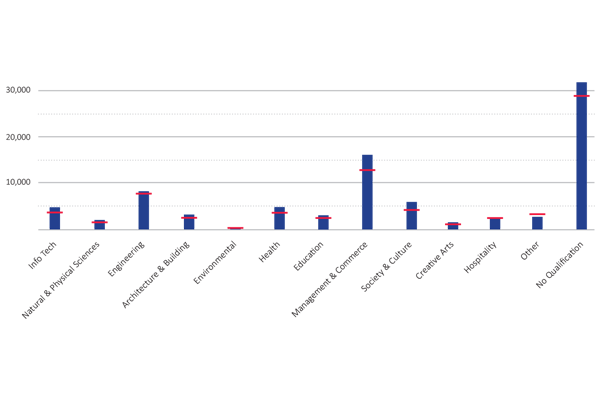Communities of Change
Western Sydney Now and Into the Future
Insights for Shaping the Delivery of Services
The Communities of Change Report is a joint initiative between the St Vincent de Paul Society NSW and Western Sydney Community Forum. The purpose of the Communities of Change Report is to provide insights on the changing landscape of Western Sydney to assist in making quality strategic decisions about future planning and investment in service delivery.
Jack de Groot

Billie Sankovic

1
Section 1 sets the scene and introduces the partnership and the purpose of the Report. It outlines the project scope and a framework for quality management and review.
Overview

Population Trends 2016

Indicators of Wellbeing

Growth Landscape

Planning Landscape Overview

Industry, Skill and Economic Landscape

Socioeconomic Landscape

Indicative Community Services Investment

Health and Education Snapshot
10
Summary
Section 10 summarises and notes observations about the region and its local government areas. Firstly, it provides an overview of the region and its communities, noting the key characteristics and trends for consideration. It then describes the key features and considerations for each local government area, outlining priorities that could inform future service planning and delivery.